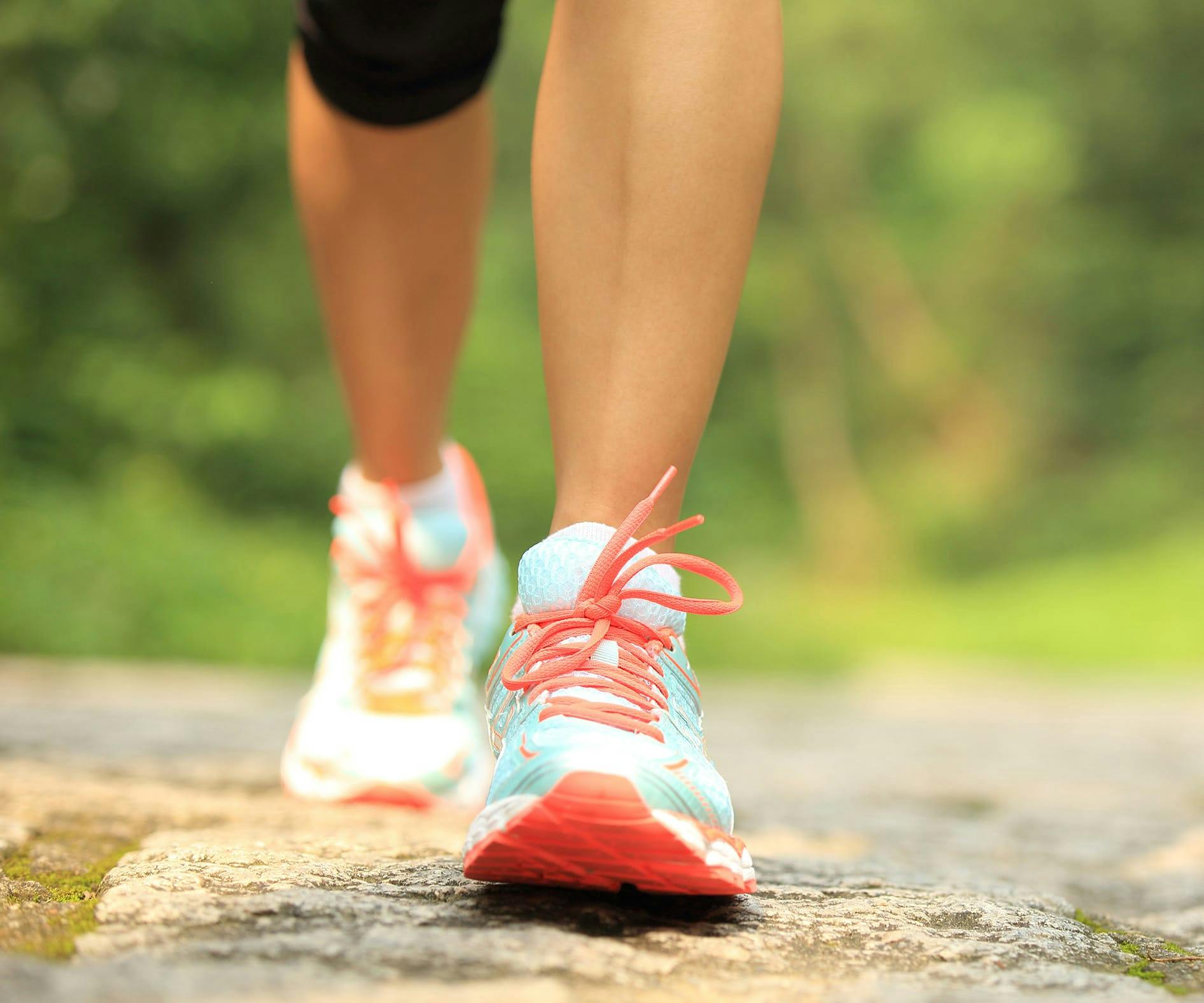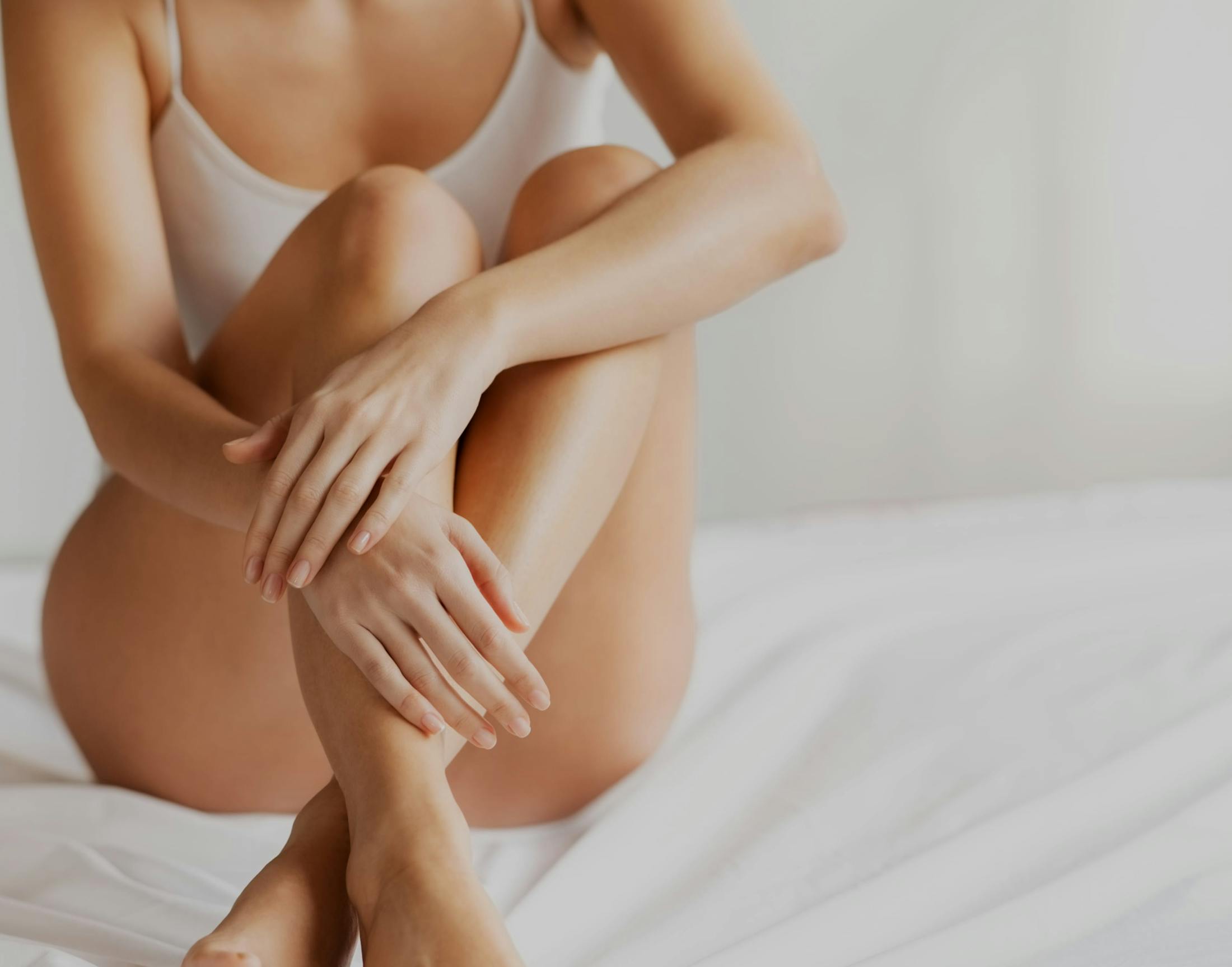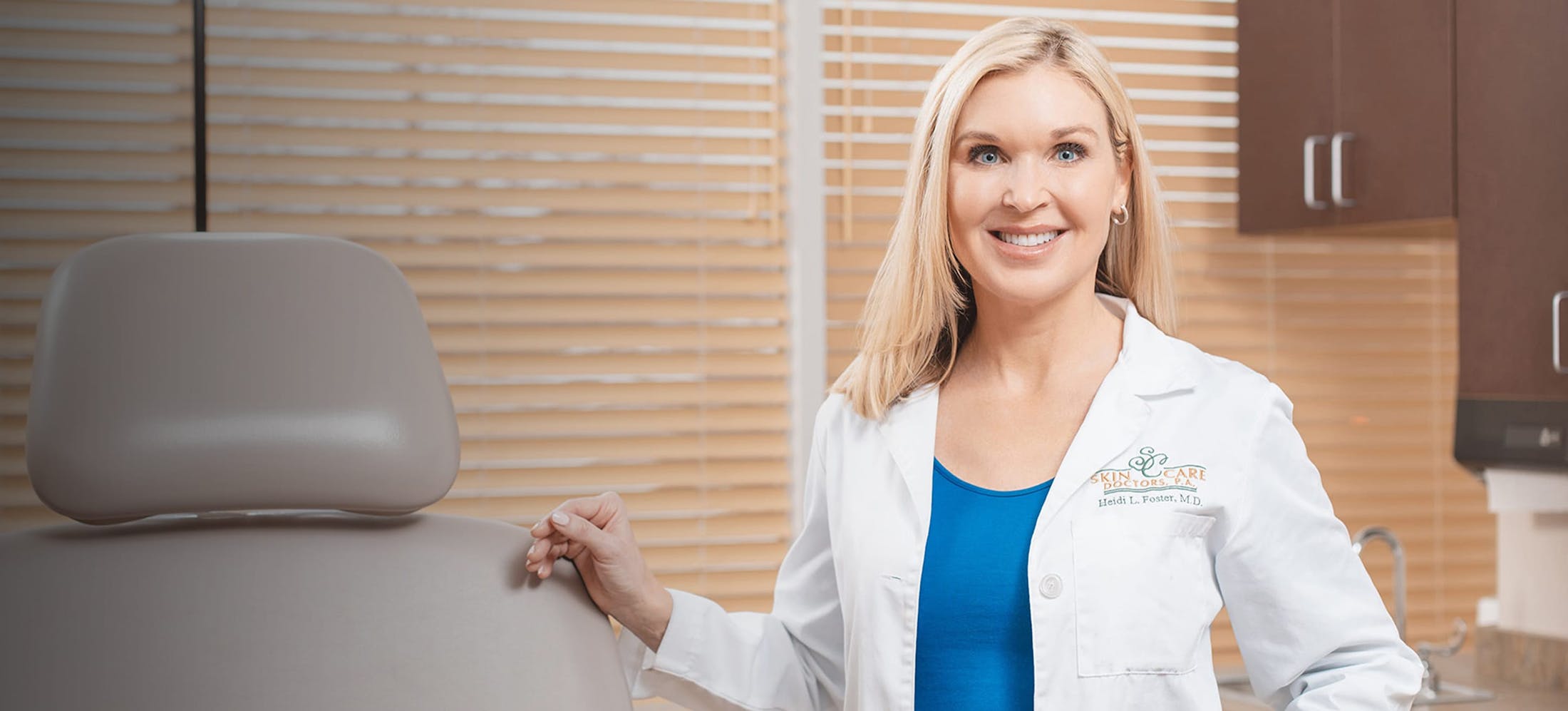If you notice any concerning changes to your skin, Spartz Vein can give you a comprehensive assessment to ensure that your veins are in optimal health.
How Skin Changes Occur
Skin changes occur in venous disease due to a pressure buildup in the veins. This pressure can cause the fluid to leak out of your veins and into the surrounding tissue, leading to swelling and inflammation. Over time, this can damage the skin and other tissues, leading to the development of skin changes. Our providers recommend you seek medical attention for any skin changes or other symptoms associated with venous disease.




